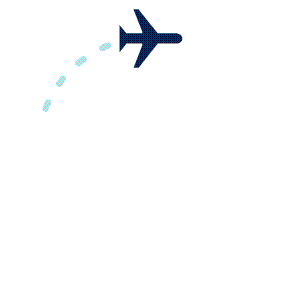Introduction to Summit Ascents
Conquering the world’s tallest peaks is a dream shared by adventurers and thrill-seekers alike. Whether you’re an experienced mountaineer or a first-time climber, successful summit ascents require careful planning, the right tour packages, and insight into local attractions. Our guide explores everything you need to know to make your ascent not only a success but also a memorable journey.
Choosing the Right Summit
When selecting a mountain to conquer, consider your skill level, the mountain’s accessibility, and the surrounding local attractions. Here are some top picks:
1. Mount Kilimanjaro, Tanzania
Known as the “Roof of Africa,” Kilimanjaro stands tall at 5,895 meters. It offers several routes, each with unique landscapes and challenges. Alongside your ascent, explore Arusha National Park or the vibrant culture of Moshi Town.
2. Mount Fuji, Japan
Mount Fuji, an iconic symbol of Japan, is a popular climbing destination due to its well-maintained trails. While in the area, visit the serene Lake Kawaguchi and the cultural treasures of Hakone.
3. Aconcagua, Argentina
As the highest peak outside of Asia at 6,961 meters, Aconcagua offers serious climbers a challenge. After your climb, explore the picturesque Mendoza Valley and sample world-renowned wines.
Local Attractions After Your Ascent
The journey doesn’t end at the summit. Take some time to explore the local culture and natural beauty around your climbing destination:
Nature and Wildlife
Many climbing regions boast stunning biodiversity. For instance, the slopes of Kilimanjaro are home to diverse flora and fauna. Consider going on a safari in Serengeti National Park to spot the Big Five.
Cultural Experiences
Engaging with the local culture can enrich your expedition. Take a cooking class in Argentina, attend a tea ceremony in Japan, or participate in a Maasai village tour in Tanzania.
Essential Tips for Successful Summit Ascents
To conquer giants, follow these essential tips:
1. Physical Preparation
Train your body for the rigors of mountain climbing. This may include cardiovascular training, strength exercises, and flexibility workouts. Include long hikes and multi-day treks to simulate conditions.
2. Acclimatization
Allow your body to adjust to high altitudes. Ascend gradually and stay hydrated to minimize the risk of altitude sickness.
3. What to Pack
Your packing list should include:
- Quality climbing boots
- Clothing layers
- Hydration pack
- High-energy snacks
- First aid kit
4. Travel Deals
Many tour packages offer competitive deals. Look for early-bird discounts or group rates, particularly for guided ascents. Websites such as Adventure Tours often have promotional packages.
Planning Your Summit Ascent
For a successful climbing experience, consider the following:
1. Tour Packages
Opt for comprehensive tour packages that provide transport, guided experiences, and accommodations. Research providers that have strong safety records and local guides.
2. Timing and Weather Conditions
Knowing the best times to climb is crucial. For example, the dry seasons for Kilimanjaro are from late June to October. Checking weather conditions can significantly impact your ascent experience.
3. Safety Measures
Always prioritize safety. Inform someone of your plans, carry a GPS device, and familiarize yourself with the emergency procedures for your climbing destination.
Conclusion
Conquering giants is not just about reaching the summit; it’s about the entire journey, from the training leading up to your climb to immersing yourself in local cultures. With this guide, you are equipped to plan a successful summit ascent that combines challenge with adventure and discovery. Embrace the heights, relish the experience, and remember that each mountain is a testament to your resilience and determination.
FAQs
1. How do I choose the right climbing route for my skill level?
Research the mountain and its routes, consult with experienced climbers, and consider using a reputable guide service to recommend a suitable path based on your capabilities.
2. What is the best time of year for mountain climbing?
The best time to climb usually aligns with the dry seasons or specified climbing windows for each mountain. It’s advisable to check weather patterns and local advice.
3. What are the risks of altitude sickness, and how can I prevent it?
Altitude sickness can occur if you ascend too quickly. To prevent it, acclimatize properly by ascending gradually, staying hydrated, and descending if symptoms occur.


